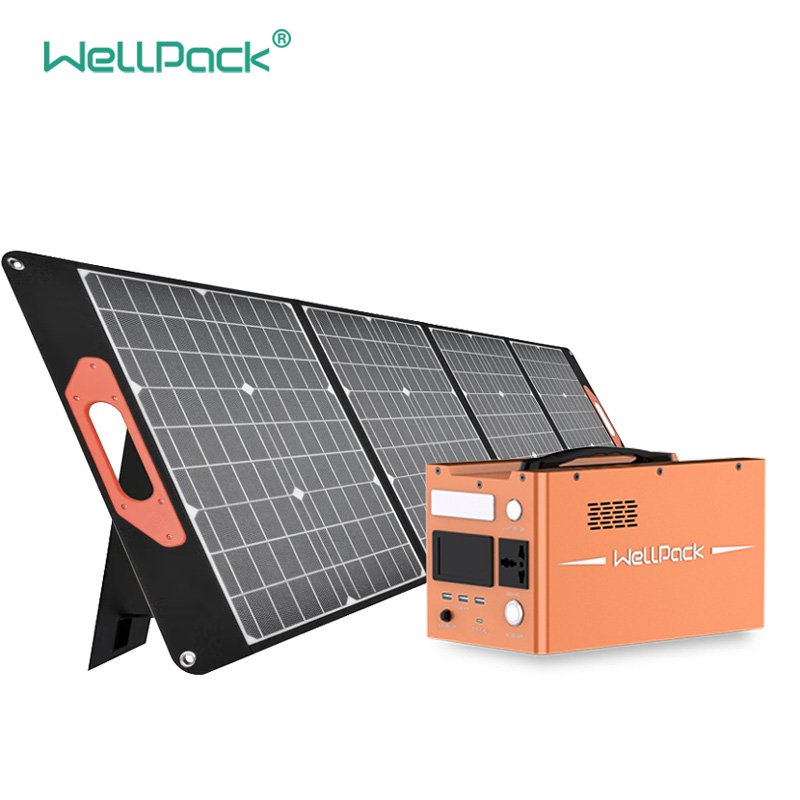Optical storage and charging systems are a new type of energy infrastructure that combine solar power generation, energy storage and electric vehicle charging. They can provide clean and convenient energy services for urban and rural areas, especially for regions with insufficient power supply or high electricity prices. However, optical storage and charging systems also face challenges such as the intermittency and uncertainty of solar power, the high cost and low efficiency of energy storage, and the coordination and management of multiple energy sources and loads.
How energy storage can help
Energy storage is a key component of optical storage and charging systems, as it can help balance the supply and demand of electricity, improve the reliability and stability of the system, and reduce the operation cost and carbon footprint of the system.
There are different types of energy storage technologies that can be used in optical storage and charging systems, such as:
Batteries: These devices convert stored chemical energy into electrical energy. They can be used at different scales, from household to grid-level, and have become cheaper and more efficient in recent years. They can provide fast response and high power output for short-term applications, such as peak shaving, frequency regulation and voltage control.
Pumped hydro: This method involves pumping water uphill at times of low energy demand and releasing it through turbines to generate electricity at times of high demand. It is the most widely used form of energy storage, especially for large-scale applications. It can provide low-cost and long-term storage for bulk power applications, such as load leveling, spinning reserve and black start.
Thermal energy storage: This technique involves storing heat or cold in materials such as water, molten salt, ice or phase change materials. It can be used to provide heating or cooling for buildings or industrial processes, or to produce electricity using steam turbines or heat engines. It can enhance the utilization of solar thermal energy and reduce the dependence on fossil fuels.
Mechanical energy storage: This approach harnesses motion or gravity to store electricity. Examples include flywheels, compressed air and gravity-based systems. These technologies can provide fast and flexible response to grid fluctuations and power quality issues.
What are the challenges of energy storage
While energy storage can offer many benefits for optical storage and charging systems, it also faces many challenges. Some of these include:
Cost: Energy storage technologies are still expensive compared to conventional fossil fuel-based power plants. The cost of energy storage depends on various factors, such as the type, size, location and application of the technology. The levelized cost of storage (LCOS), which measures the average cost per unit of electricity delivered by a storage system over its lifetime, varies widely across different technologies and regions.
Performance: Energy storage technologies have different characteristics in terms of power capacity, energy capacity, efficiency, lifespan and environmental impact. These affect their suitability for different purposes and scenarios. For example, batteries have high self-discharge rates and limited cycle life, while pumped hydro has high land requirements and environmental impacts.
Reliability: Energy storage technologies need to be reliable enough to meet the electricity demand in optical storage and charging systems, where power outages can have serious consequences for customers and businesses. However, the reliability of energy storage depends on the availability and quality of the solar resource, as well as the design and operation of the system. For instance, a study by Wang et al. found that dynamic tuning of optical absorbers within phase-change materials could improve the solar-thermal charging rate by more than 270% and triple the amount of overall stored thermal energy.
Conclusion
Energy storage plays an important role in optical storage and charging systems, as it can help improve the performance and economics of solar power generation and electric vehicle charging. However, energy storage also faces many technical, economic and social challenges that need to be addressed. Therefore, a comprehensive and integrated approach is needed that considers not only energy storage technologies, but also other factors such as solar resource assessment, system design and optimization, grid integration and regulation, customer behavior and satisfaction. Moreover, the development of energy storage should be aligned with the goals and values of sustainable development.










